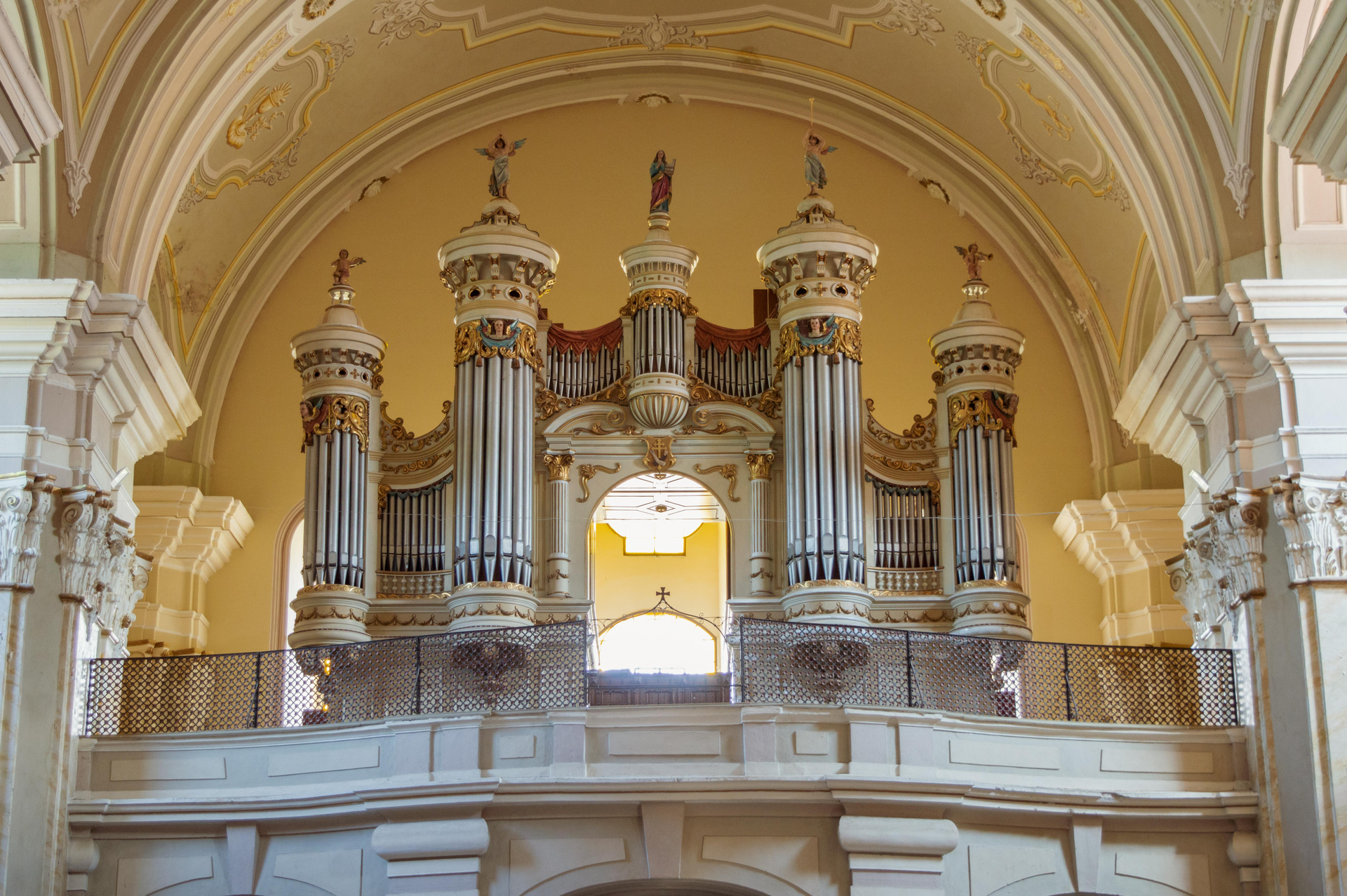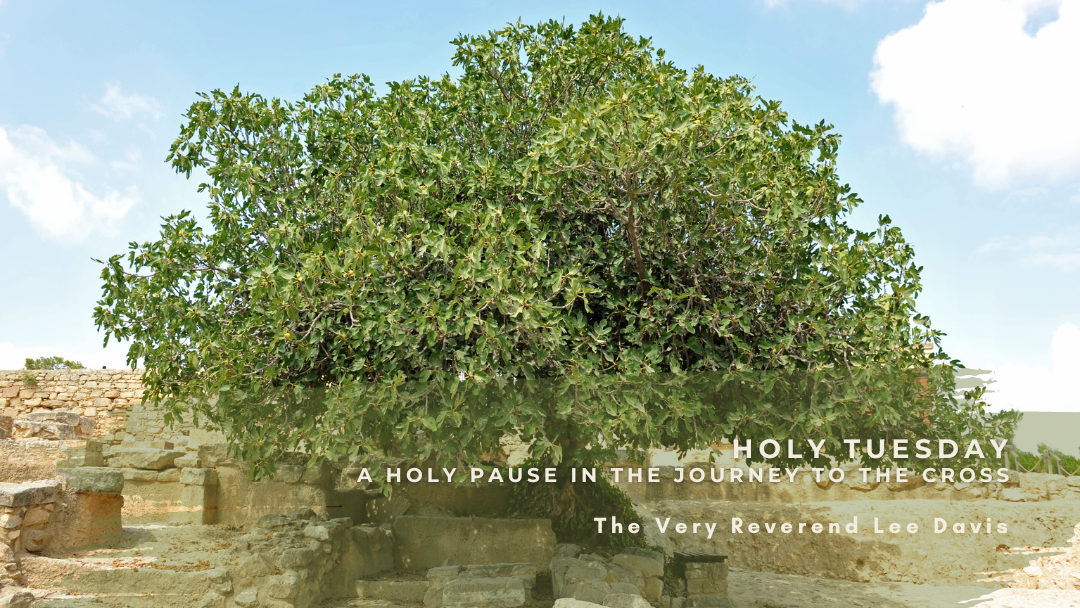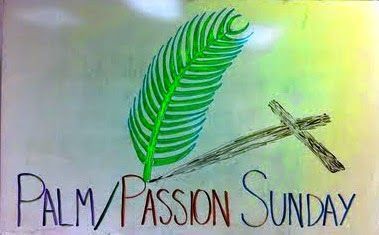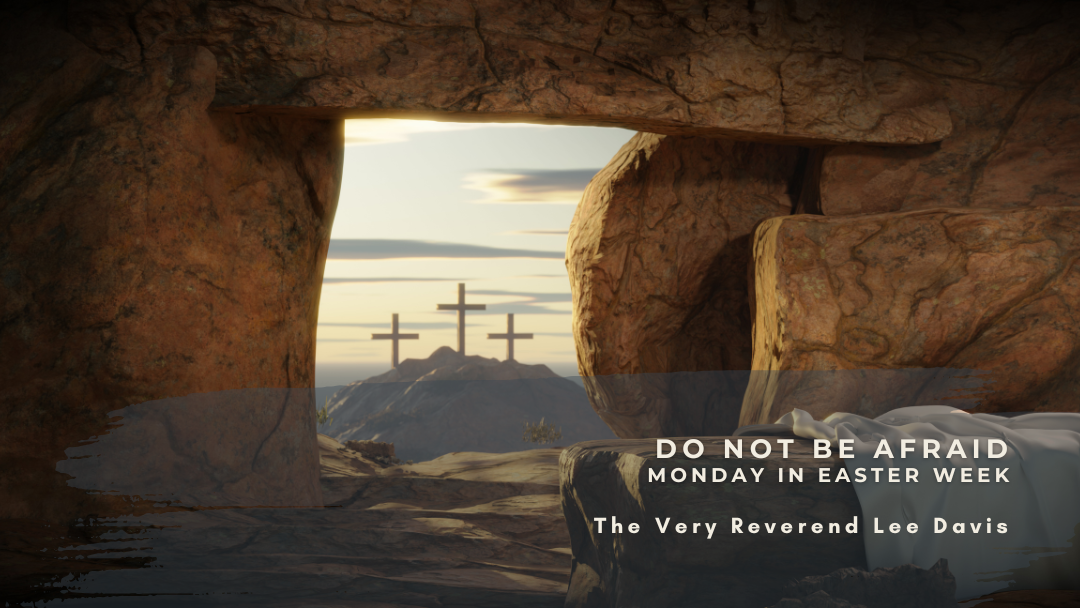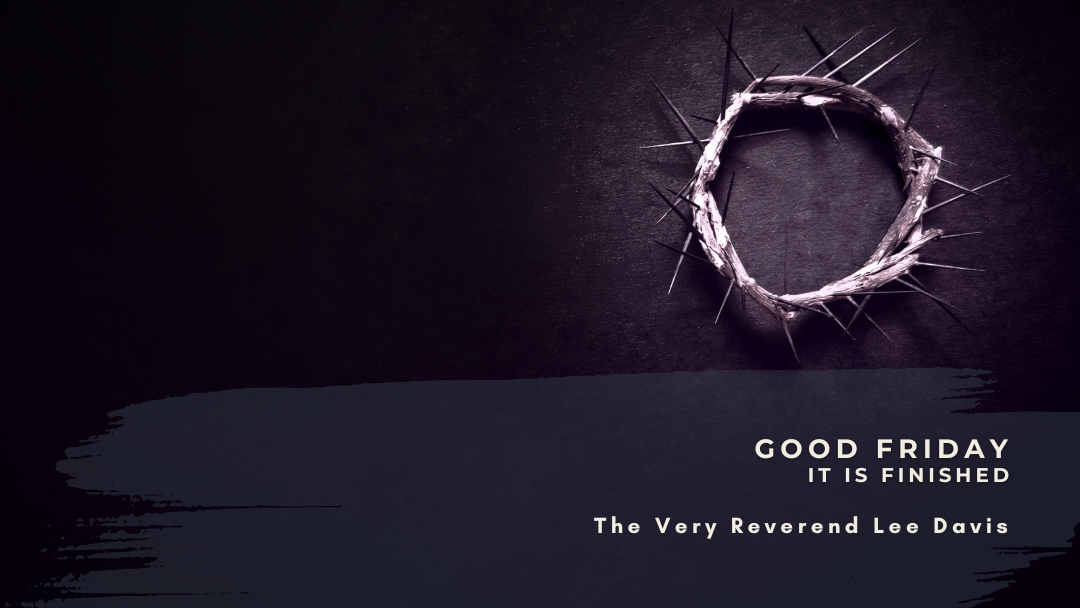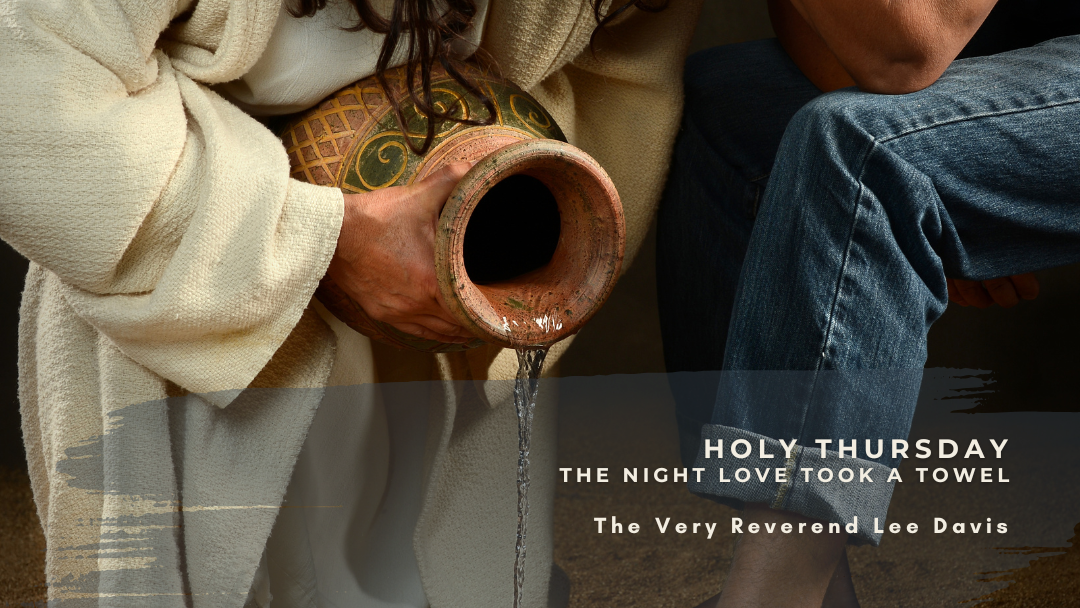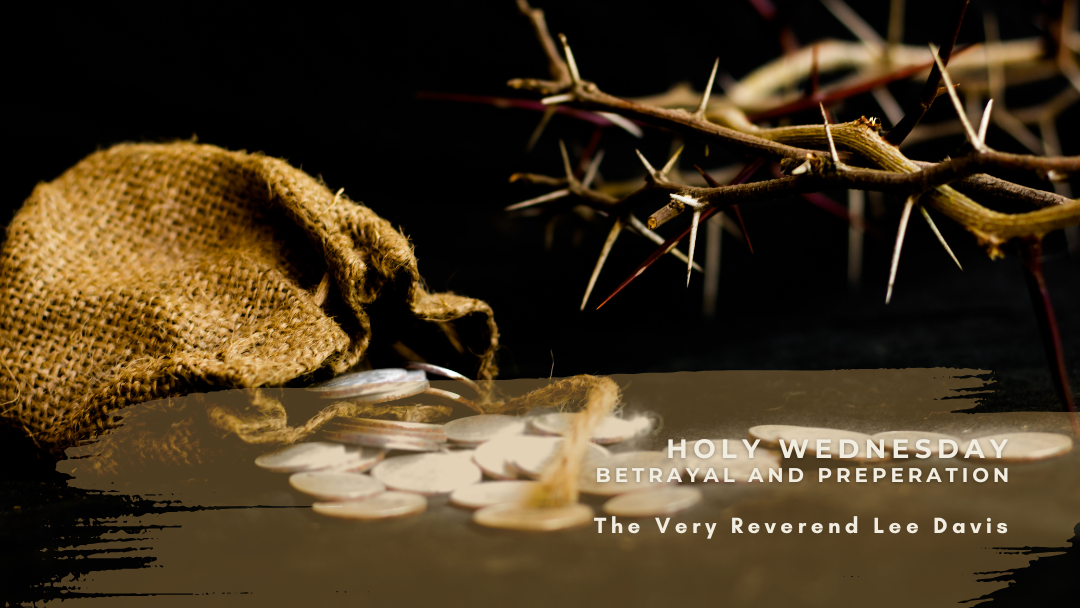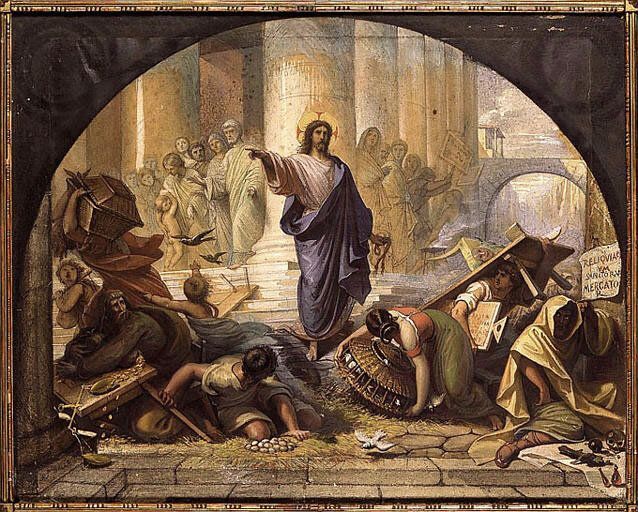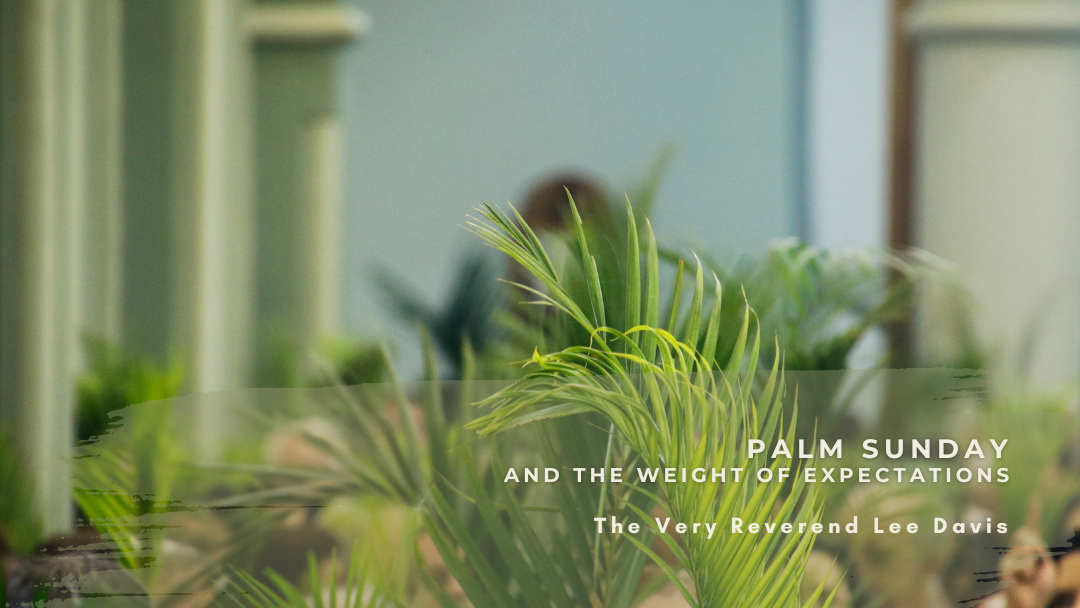From Darkness to Light
Experiencing the Great Vigil of Easter
Holy Saturday is a day of stillness—a quiet pause between the agony of Good Friday and the joy of Easter morning. It is a day when the Church keeps watch at the tomb, holding its breath in the tension between death and resurrection. But the silence of Holy Saturday is not the end of the story.
It ends in fire.
It ends in light.
It ends in song.
The stillness of Holy Saturday gives way to the Great Vigil of Easter—the Church’s oldest and most dramatic liturgy, a service that begins in darkness and erupts into joyful alleluias. It is the moment when we move from mourning to celebration, from death to life, from despair to hope. And it does so not through words alone, but through signs and symbols that awaken our senses and proclaim again: Christ is risen! Alleluia!
If you've never attended the Vigil, or even if you have for many years, it can feel both mysterious and deeply grounding. Each part of the service is rich in symbolism, woven together to help us experience the heart of our faith.
1. The Service of Light: Kindling New Fire
The Vigil begins in darkness. The church is quiet. It feels almost like standing at the edge of creation, waiting for light to break forth. Outside (or sometimes inside, depending on the setting), a fire is kindled—a new fire, symbolizing the light of Christ breaking into the darkness of death and sin.
From that fire, the Paschal Candle is lit. It is tall and sturdy, often decorated with a cross, the Alpha and Omega, and the current year. This candle becomes the guiding light, carried into the darkened church. From it, smaller candles are lit and passed from person to person, illuminating the sanctuary and our faces, signifying that Christ’s light is now shared with each of us.
This moment isn’t just dramatic—it’s theological. It proclaims that Christ, the Light of the World, has overcome the darkness, and that his light now lives in us.
2. The Exsultet: Proclaiming the Light
Once the church is aglow with candlelight, a deacon or cantor sings the Exsultet—a soaring, poetic hymn that gives voice to the joy of resurrection. It praises the night itself: "This is the night, when Christ broke the bonds of death and hell."
The Exsultet places us in sacred time. We are not just remembering the resurrection as past event—we are stepping into it. This is the night. The words invite us into a holy awe and remind us that God's salvation is not bound by time or place.
3. The Service of Readings: Telling Our Story
Then come the readings—often called the Vigil readings, which recount the story of salvation. These span from creation to the exodus from Egypt, from the prophets to the promise of new life.
In many churches, these readings are accompanied by music, silence, or even dramatic presentations. They form a kind of spiritual journey, reminding us that our God has always been a God of liberation, renewal, and faithful love.
It’s worth noting that the number of readings can vary, but traditionally there are nine—a symbolic echo of the fullness of God’s saving work.
4. Baptism and Renewal of Vows: New Life in Christ
With the coming of the Gloria—the return of light, bells, and joy—we finally proclaim that Christ is risen. The mood shifts. The candles are bright, the altar is revealed, and the alleluias return!
This is often the moment for baptisms—a deeply appropriate response to resurrection. In the early Church, this was the moment when catechumens were baptized and welcomed as new Christians. If there are no baptisms, the congregation renews their baptismal vows, reminding ourselves of the promises we’ve made and the identity we’ve received in Christ.
Water is splashed, perhaps generously. It’s a joyful mess—a sacramental sign that life cannot be contained or controlled.
5. The First Eucharist of Easter: The Feast Begins
Finally, we gather for the Eucharist, the first of Easter. It is no longer Lent. The tomb is empty. Christ is risen. We share the meal of life and salvation, knowing that in bread and wine, Christ is truly present.
The Vigil is long. It is ancient. It is dramatic. And yet, it is also deeply human. It tells the story of our lives—how we walk in darkness, how we long for light, how God meets us in love and brings us into new life.
So come—bring your longing, your weariness, your hope. Come sit in the dark and wait for the light. Come and sing “Alleluia” like it’s the first time you’ve ever sung it. Because in a way, it is.
This is the night.
